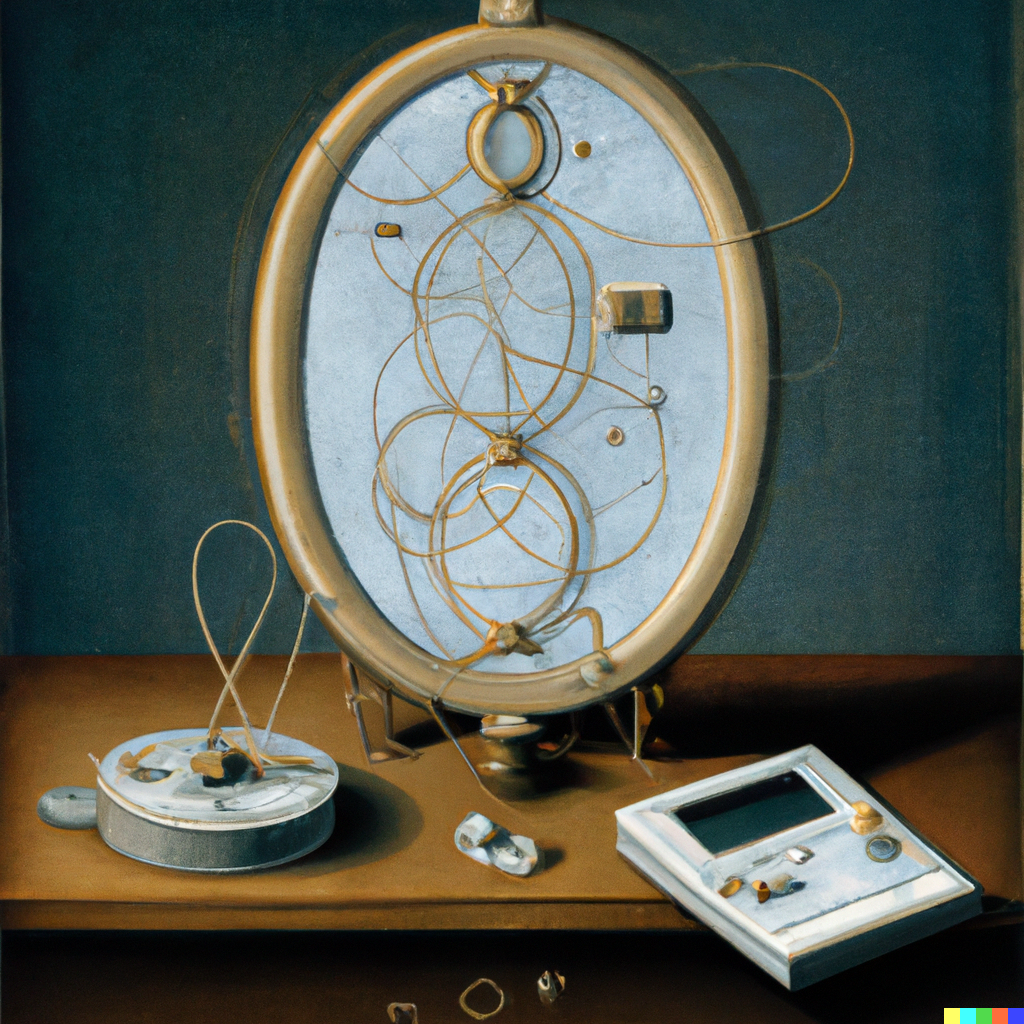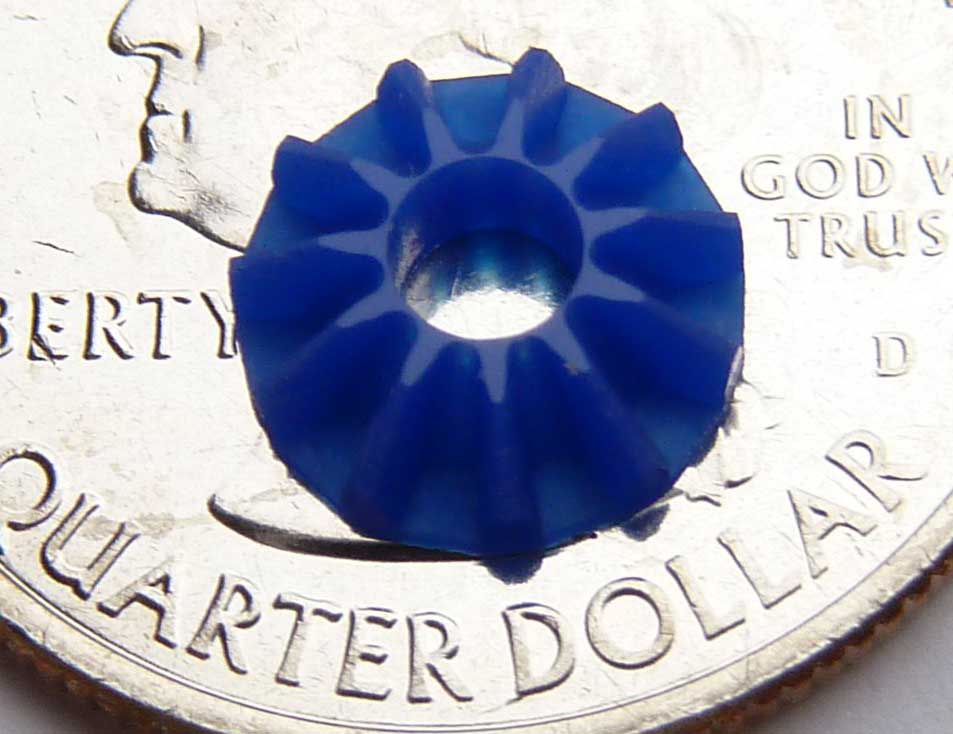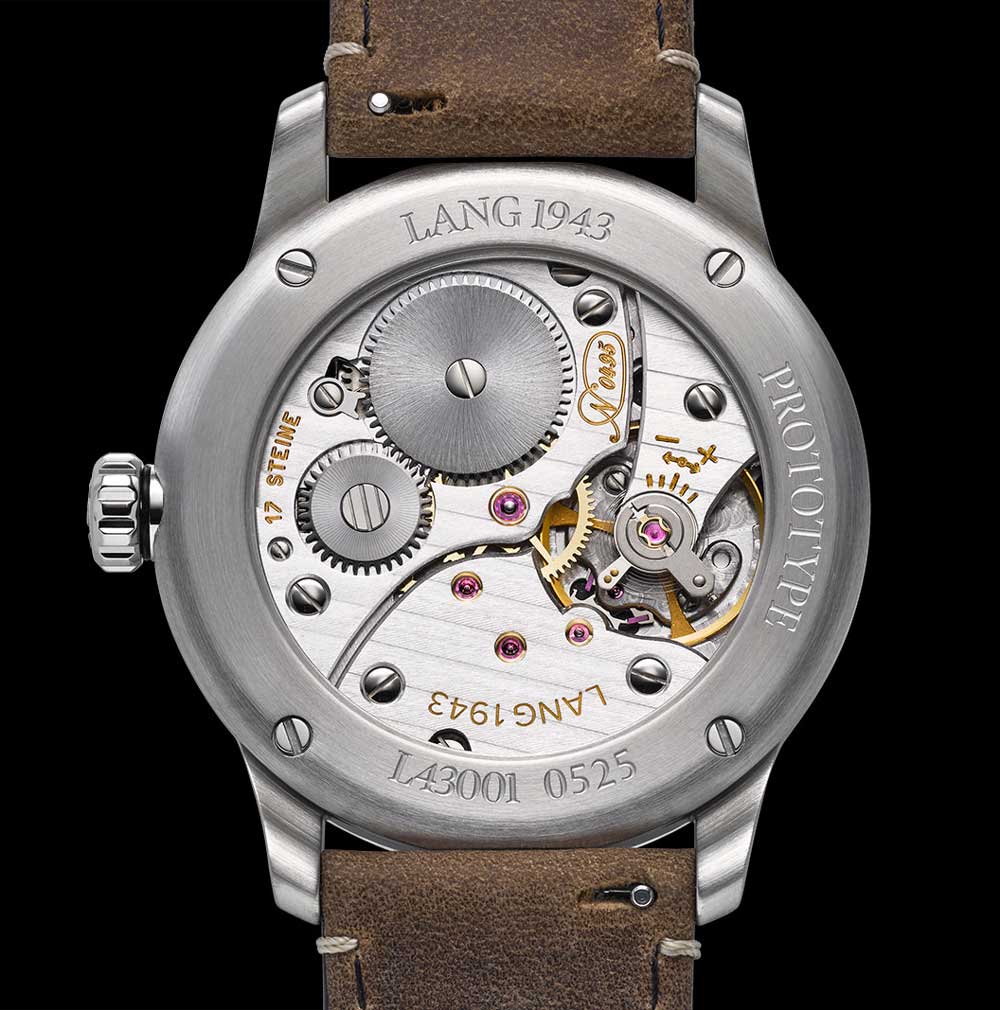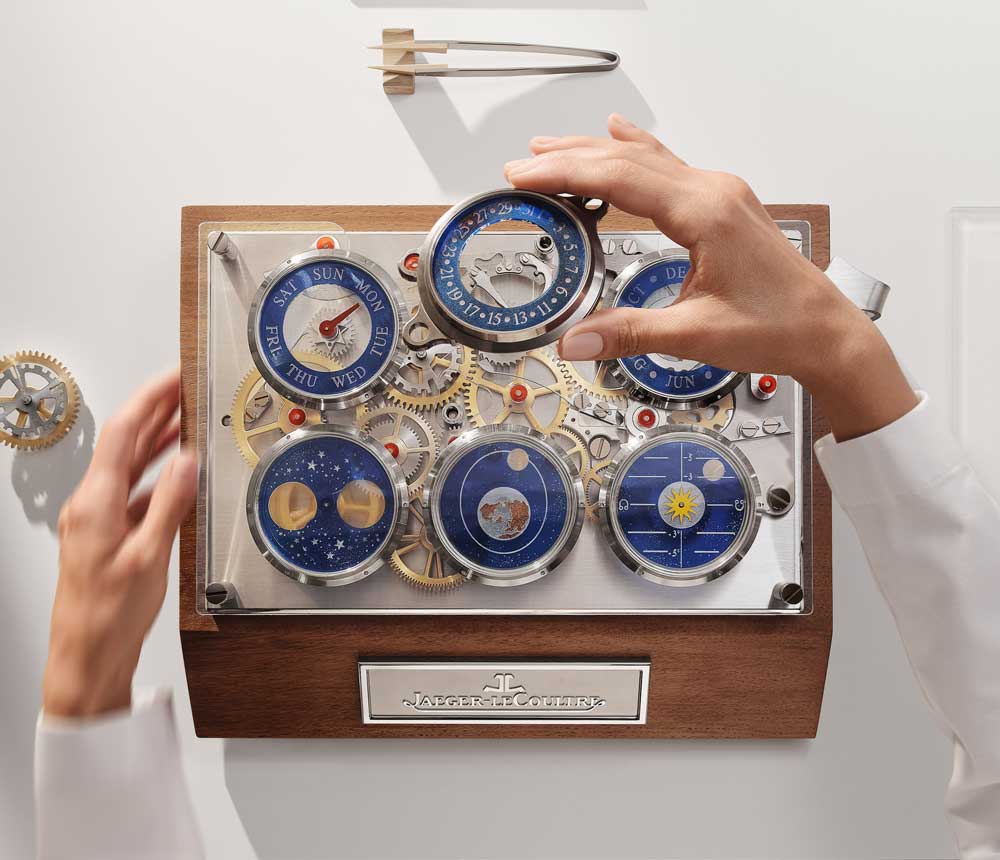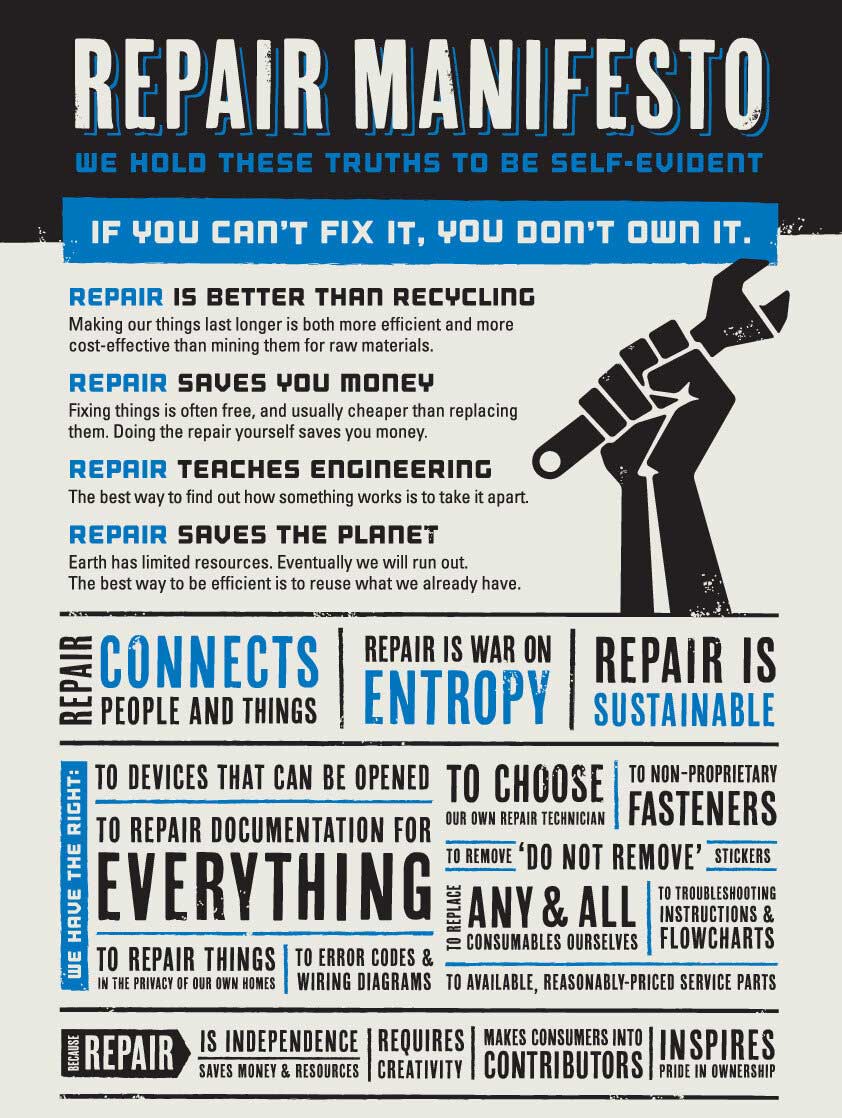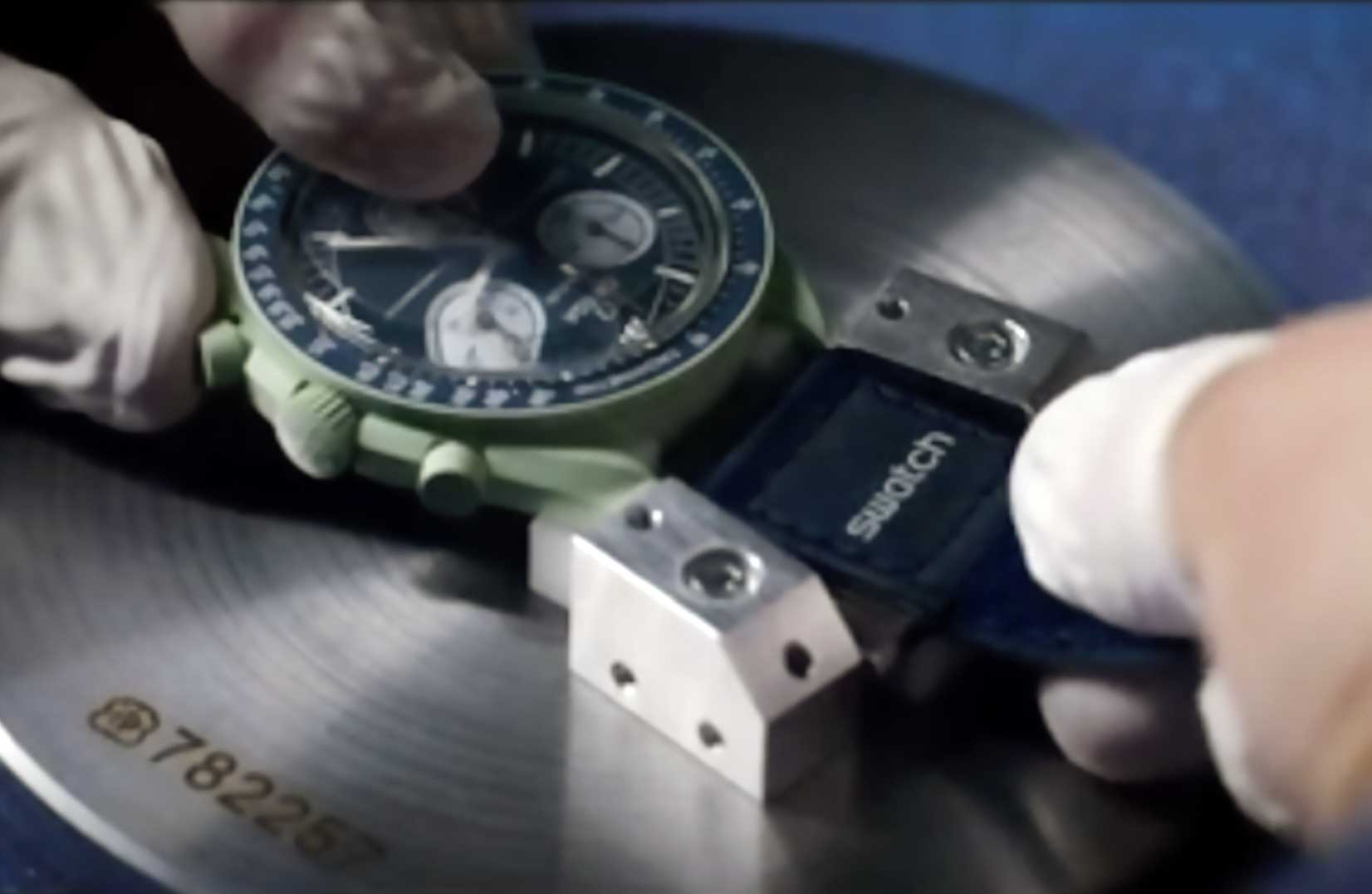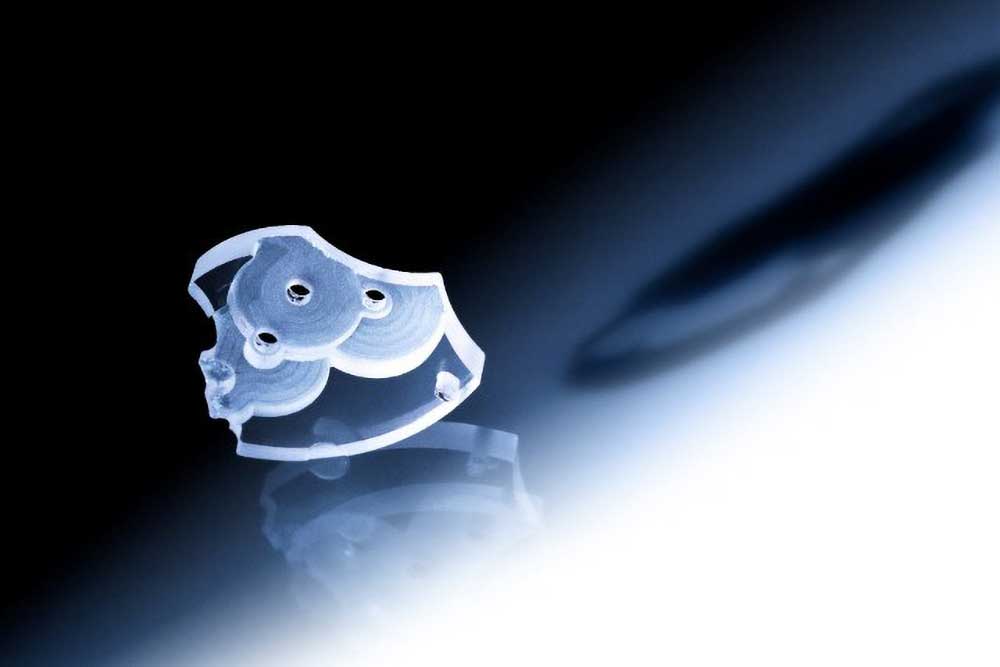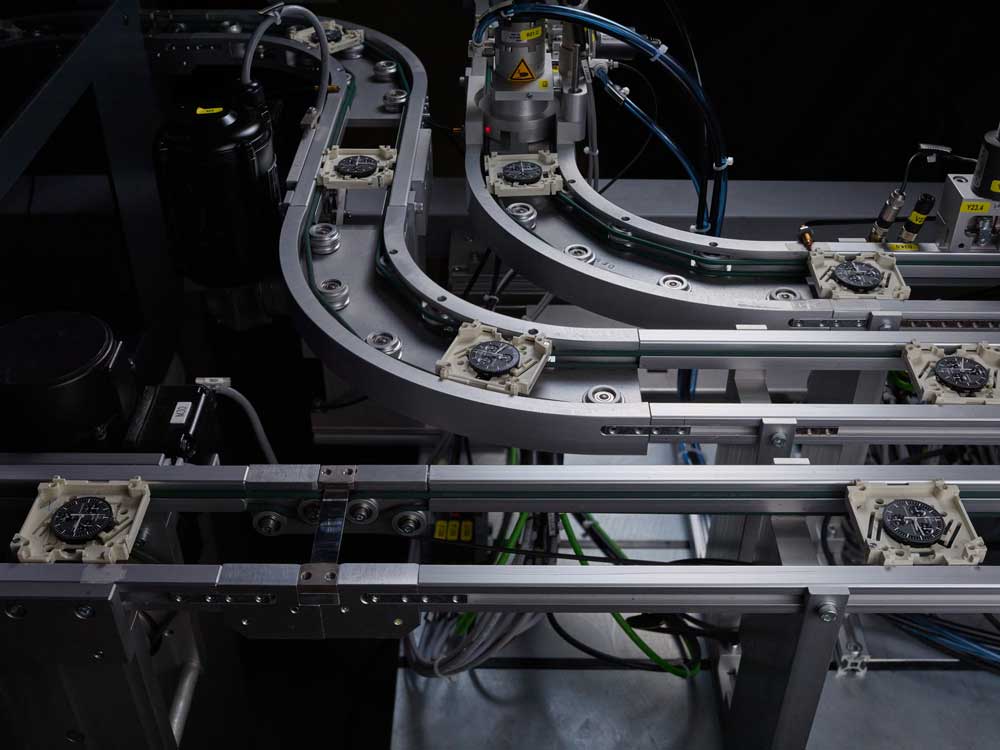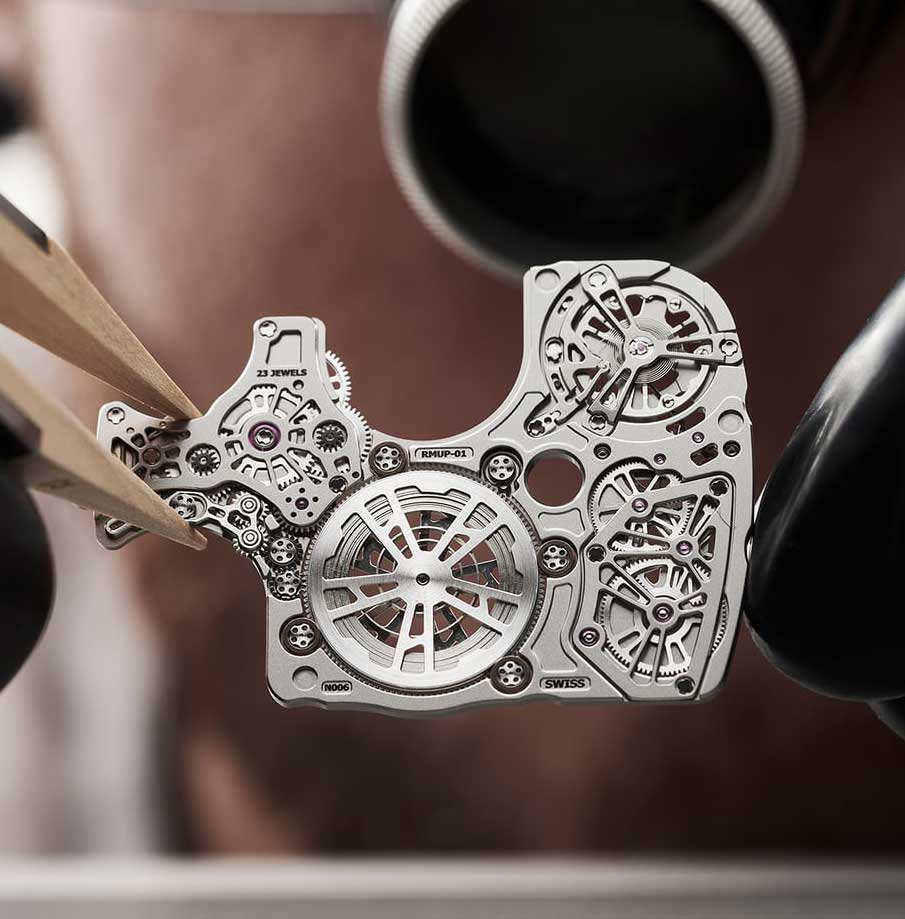
Richard Mille UP-01
At 1.75 millimetres thick, fully cased, the latest from Mille is impressively durable given just how slim it is. Due in large part to its extensive use of titanium.
Necessarily doing away with a number of classical approaches to mechanical watchmaking in order to achieve this slimness, the novel caliber inside brings a handful of interesting touches to the table, most notably in the winding and setting works. While I'm not personally a fan of requiring a tool to wind or set the watch—particularly on a piece that's manually wound—the clutch to toggle between winding and setting appears particularly well engineered given the constraints at hand.
The dial being set in the same plane as the gear train is now commonplace in mechanical timepieces this thin, but Mille's approach lends the hands a comparatively improved level of resilience to any physical impacts the timepiece is likely to endure.
While I was somewhat concerned at first glance seeing them do away with the double roller and guard pin in the escapement, which are today standard shock-resistance safety features, upon further reflection it occurred to me that there are some workarounds Mille may have employed here that can neither be confirmed or denied in any of the promotional material I've seen and the 5000 Gs of impact resistance it was tested to speaks for itself.
One thing that is surprisingly notable in both the promotional photos and videos is the amount of dust and small fibers strewn about the movement, including a relatively large black fiber stuck to the top bridge of the going train right next the watchmaker's pointer finger in the above image. The voice-over talent in the linked video also gets some nomenclature wrong. At its 7-figure price point, one can only hope such oversights are not evident in the finished timepiece itself.
Its free-sprung, titanium balance wheel gets full thumbs up from me.
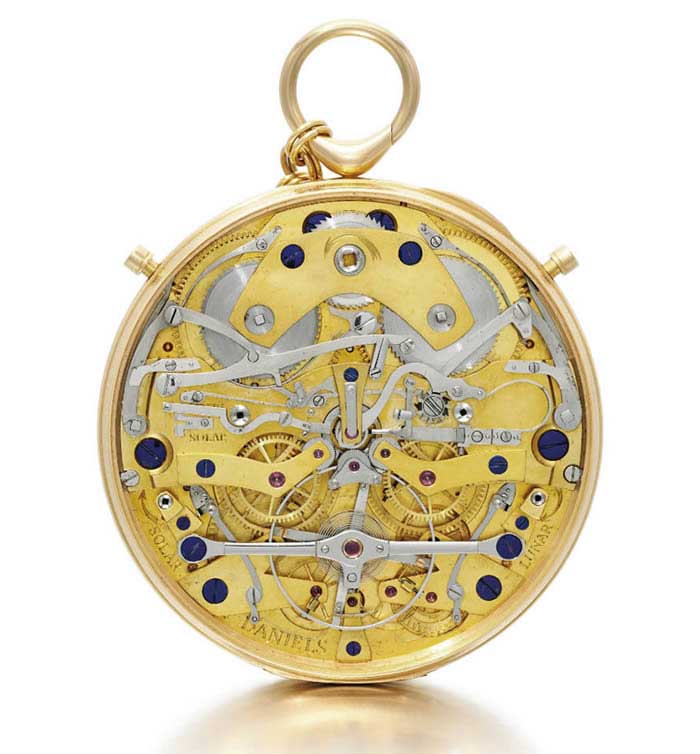
The Space Traveller
The movement side of George Daniels' hand-crafted Space Traveler pocket watch, with two separate gear trains to indicate both mean-solar and sidereal time.
Prior to being called The Space Traveller, this timepiece was charmingly referred to as the Daniels Squared. A nod to the assistance of Professor Daniels, at Cambridge University, in helping George Daniels reduce the known error in the calculations used for the gear train by nearly a factor of four.

Recycling Tritium
Mb-microtec has pioneered the world's first “closed product life cycle from production all the way to recycling” for radioactive tritium gas used in timepieces and other gear that require enduring and dependable, battery-free self-illumination.
Limited exclusively to Switzerland for the time being, this is nevertheless a superb example of responsible resource stewardship.

Molecular Formula for Epilame
C18H36O2, also known as stearic acid. The original epilame surface treatment used in watchmaking.
Visualized by the delightful molecular wallpaper generator, Avogadr.io.
